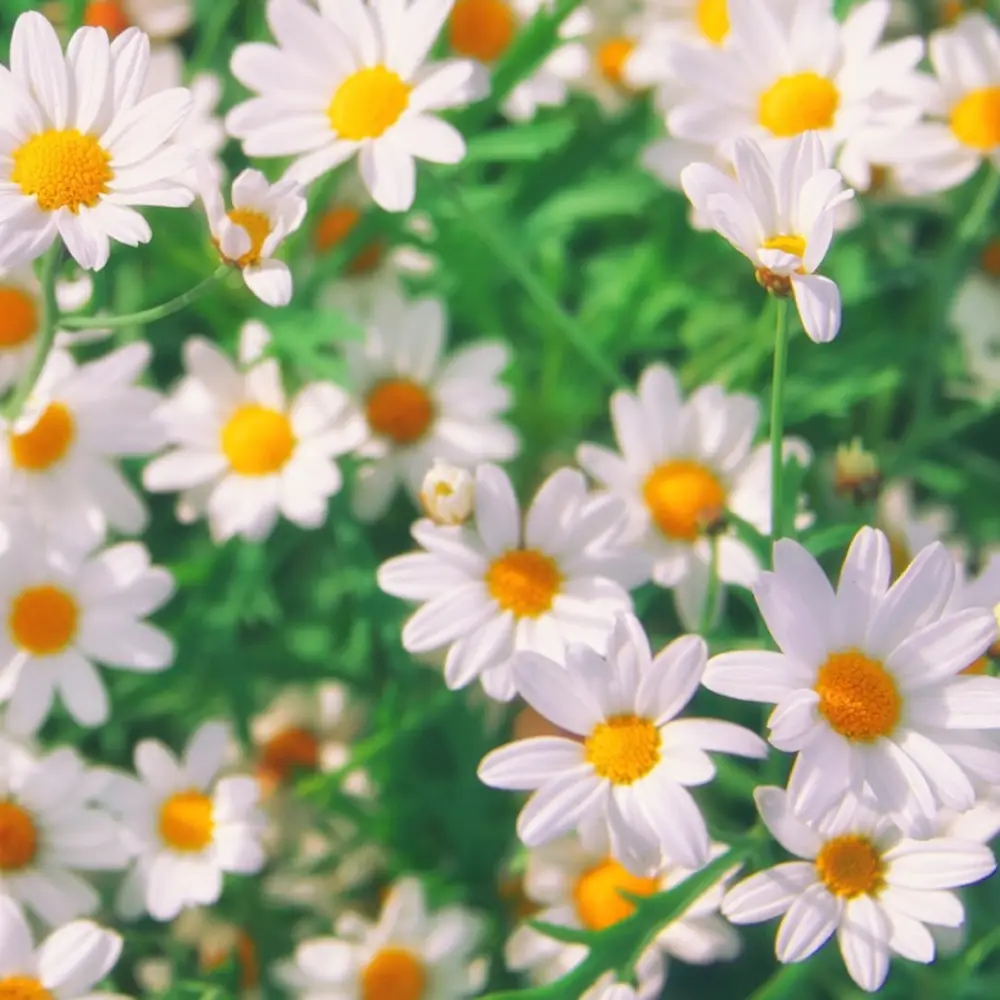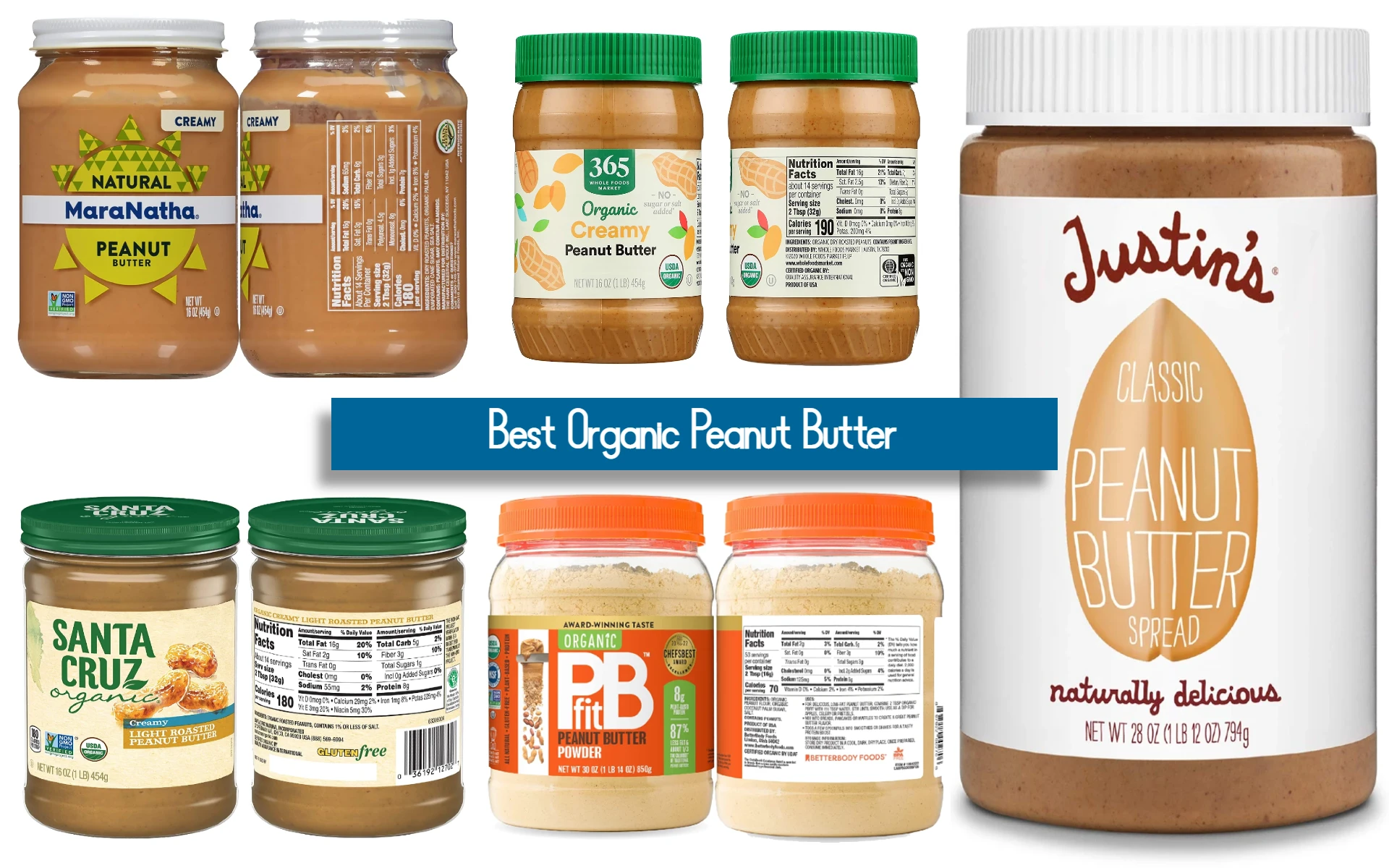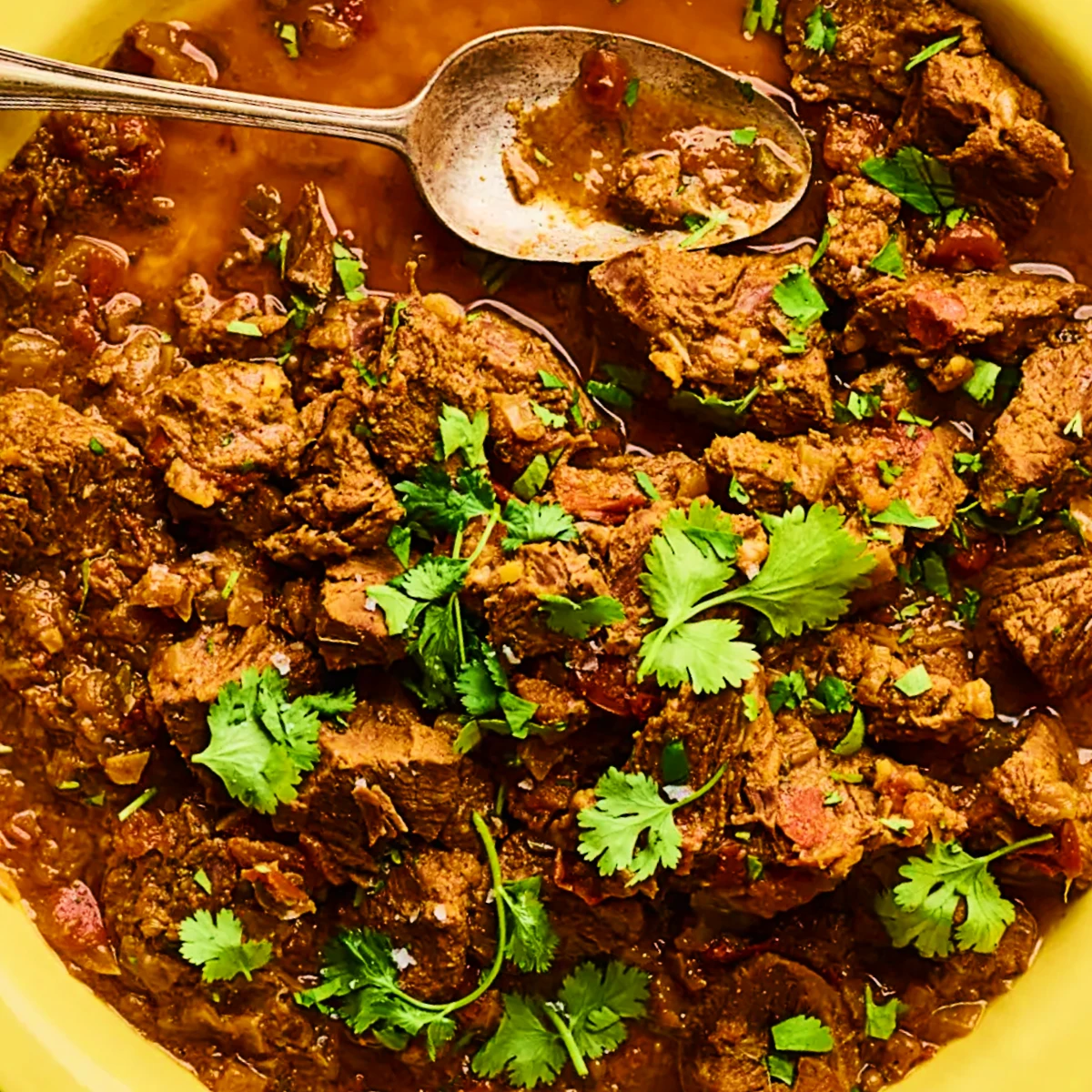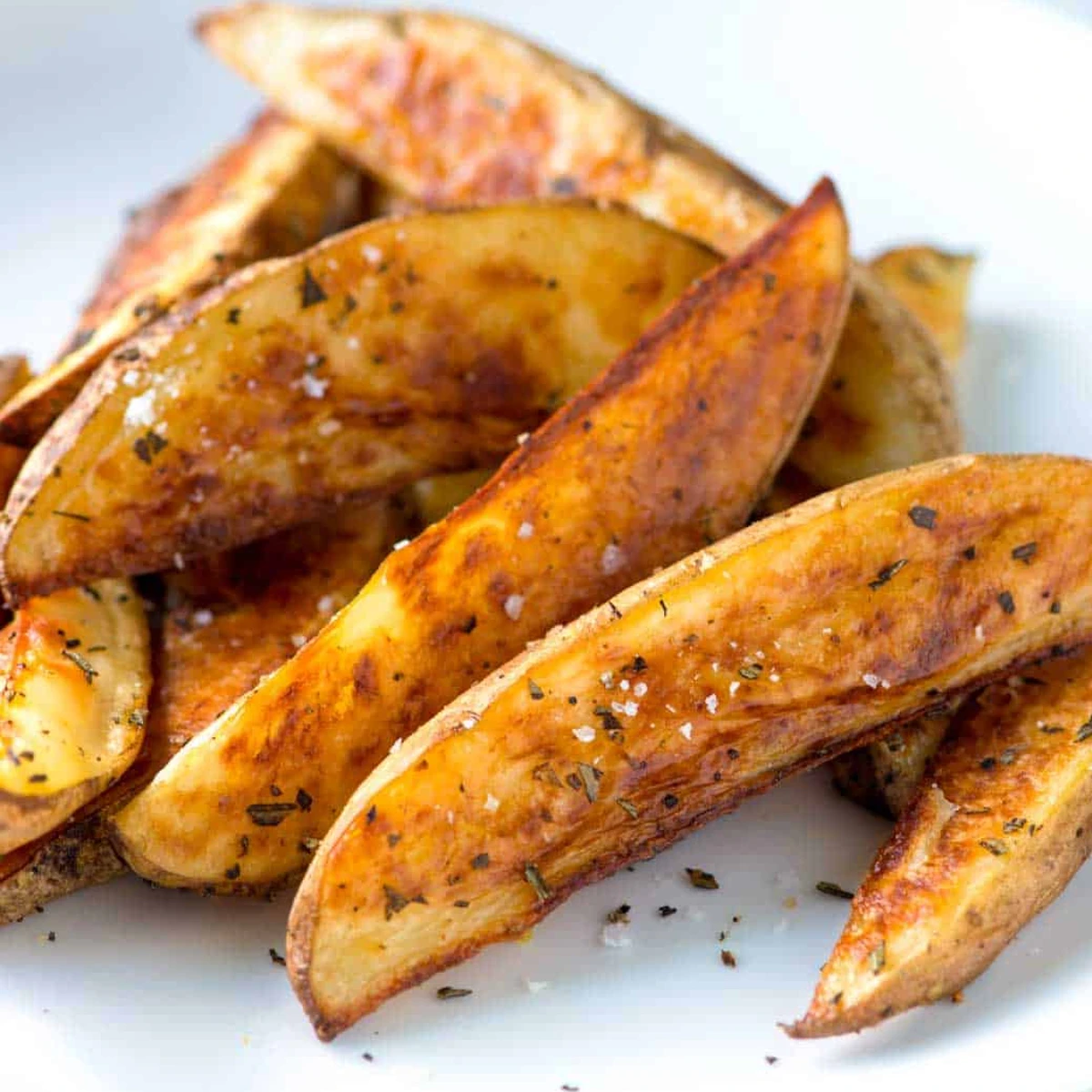Roman chamomile

Roman chamomile is a plant. The flowerheads are used to make medicine. Some people take Roman chamomile by mouth for various digestive disorders including upset stomach (indigestion), nausea, vomiting, loss of appetite, and intestinal gas (flatulence).
What is Roman Chamomile?
It is also commonly applied to the skin for pain and swelling (inflammation) and included as a germ-killer in ointments, creams, and gels used to treat cracked nipples, sore gums, and irritation of the skin. Some people put Roman chamomile in a steam bath and inhale it for sinus inflammation, hay fever, and sore throat. But there is limited scientific evidence to support any of these uses.
In foods and beverages, the essential oil and extract are used for flavoring.
In manufacturing, the volatile oil of Roman chamomile is used as a fragrance in soaps, cosmetics, and perfumes; and to flavor cigarette tobacco. The extract is also used in cosmetics and soaps. Teas have been used as a hair tint and conditioner, and to treat parasitic worm infections.
How effective Roman Chamomile?
Natural Medicines Comprehensive Database rates effectiveness based on scientific evidence according to the following scale: Effective, Likely Effective, Possibly Effective, Possibly Ineffective, Likely Ineffective, Ineffective, and Insufficient Evidence to Rate.
The effectiveness ratings for ROMAN CHAMOMILE are as follows:
14 Roman Chamomile Insufficient evidence to rate effectiveness
- Indigestion.
- Nausea.
- Vomiting.
- Painful periods.
- Sore throat.
- Sinusitis.
- Eczema.
- Wounds.
- Sore nipples and gums.
- Liver and gallbladder problems.
- Frostbite.
- Diaper rash.
- Hemorrhoids.
- Other conditions.
More evidence is needed to rate the effectiveness of Roman chamomile for these uses.
Are there safety concerns?
Roman chamomile is LIKELY SAFE for most people when used in amounts normally found in foods. It is POSSIBLY SAFE when used in large amounts and, in some people, may cause vomiting.
The essential oil of Roman chamomile is POSSIBLY SAFE when inhaled or applied to the skin. In some people, when it is applied directly to the skin, it can make the skin red and itchy.
Special precautions & warnings:
Pregnancy and breast-feeding: Roman chamomile is LIKELY UNSAFE when taken by mouth in medicinal amounts during pregnancy. Roman chamomile is believed to cause miscarriages. Not enough is known about the safety of applying it to the skin during pregnancy. Avoid using Roman chamomile if you are pregnant.
It’s also best to avoid Roman chamomile if you are breast-feeding. Not enough is known about how it might affect the nursing infant.
Allergy to ragweed and related plants: Roman chamomile may cause an allergic reaction in people who are sensitive to the Asteraceae/Compositae family. Members of this family include ragweed, chrysanthemums, marigolds, daisies, and many others. If you have allergies, be sure to check with your healthcare provider before using Roman chamomile.
Are there interactions with medications?
It is not known if this product interacts with any medicines.
Before taking this product, talk with your health professional if you take any medications.
Are there interactions with herbs and supplements?
There are no known interactions with herbs and supplements.
Are there interactions with foods?
There are no known interactions with foods.
Roman Chamomile What dose is used?
The appropriate dose of Roman chamomile depends on several factors such as the user’s age, health, and several other conditions. At this time there is not enough scientific information to determine an appropriate range of doses for Roman chamomile. Keep in mind that natural products are not always necessarily safe and dosages can be important. Be sure to follow relevant directions on product labels and consult your pharmacist or physician or other healthcare professional before using.
Roman Chamomile Other names?
- Anthémis
- Anthémis Odorante
- Anthemis nobilis
- Babuna Ke Phool
- Camomille d’Anjou
- Camomille Noble
- Camomille Romaine
- Chamaemelum nobile
- Chamomilla, Chamomile
- Chamomillae Ramane Flos
- English Chamomile
- Fleur de Camomille Romaine
- Flores Anthemidis
- Garden Chamomile
- Grosse Kamille
- Ground Apple
- Huile Essentielle de Camomille Romaine
- Low Chamomile
- Manzanilla
- Manzanilla Romana
- Ormenis nobilis
- Roman Chamomile Essential Oil
- Romische Kamille
- Sweet Chamomile
- Whig Plant
References
- Guimaraes R, Barros L, Duenas M, et al. Nutrients, phytochemicals and bioactivity of wild Roman chamomile: a comparison between the herb and its preparations. Food Chem 2013;136:718-25. View abstract.
- Sharma AK, Basu I, Singh S. Efficacy and safety of Ashwagandha root extract in subclinical hypothyroid patients: a double-blind, randomized placebo-controlled trial. J Altern Complement Med. 2018 Mar;24:243-248. View abstract.
- Zeggwagh NA, Michel JB, Eddouks M. Vascular effects of aqueous extract of Chamaemelum nobile: in vitro pharmacological studies in rats. Clin Exp Hypertens 2013;35:200-6. View abstract.
- Zeggwagh NA, Moufid A, Michel JB, Eddouks M. Hypotensive effect of Chamaemelum nobile aqueous extract in spontaneously hypertensive rats. Clin Exp Hypertens 2009;31:440-50. View abstract.
- Mostafapour Kandelous H, Salimi M, Khori V, Rastkari N, Amanzadeh A, Salimi M. Mitochondrial apoptosis induced by Chamaemelum nobile extract in breast cancer cells. Iran J Pharm Res 2016;15(Suppl):197-204. View abstract.
- Eddouks M, Lemhardri A, Zeggwagh NA, Michel JB. Potent hypoglycaemic activity of the aqueous extract of Chamaemelum nobile in normal and streptozoticin-induced diabetic rats. Diabetes Res Clin Pract 2005;67;189-95.
- Buckle J. Use of aromatherapy as a complementary treatment for chronic pain. Altern Ther Health Med 1999;5:42-51. View abstract.
- Electronic Code of Federal Regulations. Title 21. Part 182 — Substances Generally Recognized As Safe. Available at: https://www.accessdata.fda.gov/scripts/cdrh/cfdocs/cfcfr/CFRSearch.cfm?CFRPart=182
- Subiza J, Subiza JL, Hinojosa M, et al. Anaphylactic reaction after the ingestion of chamomile tea; a study of cross-reactivity with other composite pollens. J Allergy Clin Immunol 1989;84:353-8. View abstract.
- Robbers JE, Tyler VE. Tyler’s Herbs of Choice: The Therapeutic Use of Phytomedicinals. New York, NY: The Haworth Herbal Press, 1999.
- Brinker F. Herb Contraindications and Drug Interactions. 2nd ed. Sandy, OR: Eclectic Medical Publications, 1998.
- Gruenwald J, Brendler T, Jaenicke C. PDR for Herbal Medicines. 1st ed. Montvale, NJ: Medical Economics Company, Inc., 1998.
- McGuffin M, Hobbs C, Upton R, Goldberg A, eds. American Herbal Products Association’s Botanical Safety Handbook. Boca Raton, FL: CRC Press, LLC 1997.
- Leung AY, Foster S. Encyclopedia of Common Natural Ingredients Used in Food, Drugs and Cosmetics. 2nd ed. New York, NY: John Wiley & Sons, 1996.
- Wichtl MW. Herbal Drugs and Phytopharmaceuticals. Ed. N.M. Bisset. Stuttgart: Medpharm GmbH Scientific Publishers, 1994.
- Schulz V, Hansel R, Tyler VE. Rational Phytotherapy: A Physician’s Guide to Herbal Medicine. Terry C. Telger, transl. 3rd ed. Berlin, GER: Springer, 1998.
- Newall CA, Anderson LA, Philpson JD. Herbal Medicine: A Guide for Healthcare Professionals. London, UK: The Pharmaceutical Press, 1996.
- Blumenthal M, ed. The Complete German Commission E Monographs: Therapeutic Guide to Herbal Medicines. Trans. S. Klein. Boston, MA: American Botanical Council, 1998.



